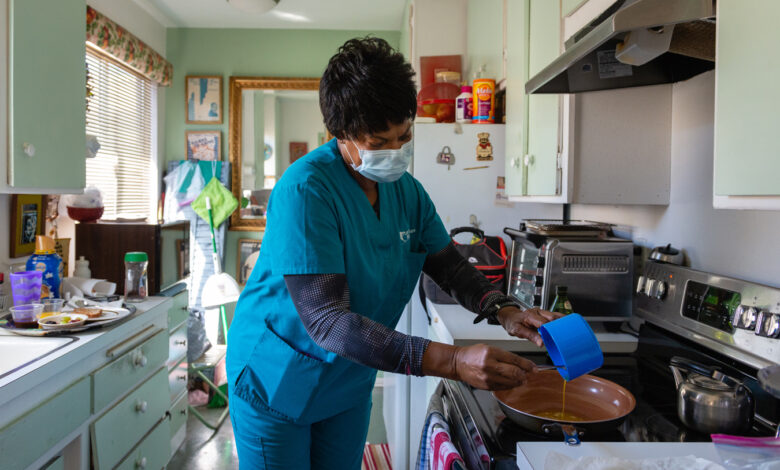10 Safe Ways To Take Care of A Person With Mild Coronavirus Symptoms At Home

10 Safe Ways To Take Care of A Person With Mild Coronavirus Symptoms At Home. At this moment, we at least know someone who has tested positive for the virus. With some people, it’s their family members that they stay with who have covid-19. Just like any sick person, we still have to take care of therm.
There is no known cure, but you can still help a person to beat the symptoms and be free of the virus. It is quite scary to offer a helping hand because covid-19 is highly contagious. The following guidelines will help you to stay safe while nursing your loved one back to good health.
1. Have No Chronic Illness History
The caregiver, when possible, should not be someone who is at a higher risk for severe illness from COVID-19. If you have a history of diseases like TB, diabetes, high blood pressure, stay away from anyone with covid-10 symptoms.
2. Provide Support
Help the person who is sick follow their doctor’s instructions for care and medicine. See if over-the-counter medicines for fever help the person feel better. Make sure the person who is sick drinks a lot of fluids and rests.
3. Help Cover Their Basic Needs
Help them with grocery shopping, filling prescriptions, and getting other items they may need. Consider having the items delivered through a delivery service, if possible.
4. Limit Contact
COVID-19 spreads between people who are in close contact through respiratory droplets, created when someone talks, coughs or sneezes. If possible, have the person who is sick stay in their own sick room or area and away from others.
5. Wear Gloves
Wear gloves when you touch or have contact with the sick person’s blood, stool, or body fluids, such as saliva, mucus, vomit, and urine. Throw out gloves into a lined rubbish bin and wash hands right away.
6. Practice Everyday Preventive Actions
To prevent getting sick, make sure you clean hands often, avoid touching your eyes, nose, and mouth with unwashed hands; and frequently clean and disinfect surfaces.
7. Be Careful With Utensils
Wash dishes and utensils using gloves and hot water. Handle any dishes, cups, glasses, or silverware used by the person who is sick with gloves. Wash them with soap and hot water or in a dishwasher.
8. If Sharing a Bathroom
The person who is sick should clean and then disinfect after each use. If this is not possible, wear a cloth face covering and wait as long as possible after the sick person has used the bathroom before coming in to clean and use the bathroom.
9. Avoid Sharing Personal Items
Do not share dishes, cups, glasses, silverware, towels, bedding, or electronics (like a cell phone) with the person who is sick. For now the patient can have their own, until they are back to good health.
10. Track Your Own Health
Caregivers should stay home and monitor their health for COVID-19 symptoms while caring for the person who is sick. They should also continue to stay home after care is complete. Caregivers can leave their home 14 days after their last close contact with the person who is sick.




